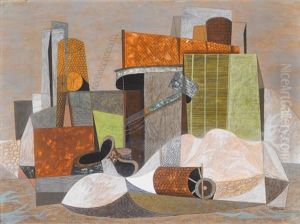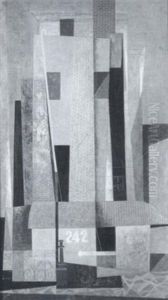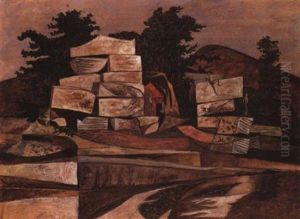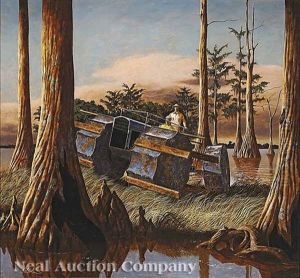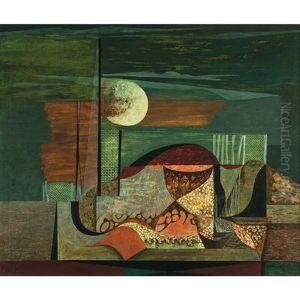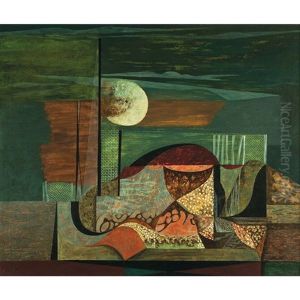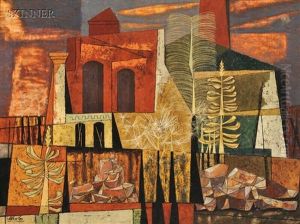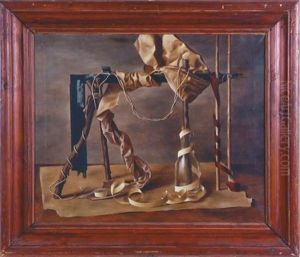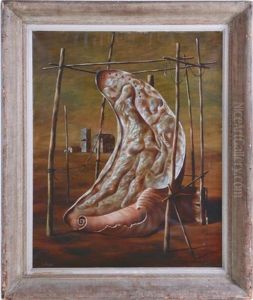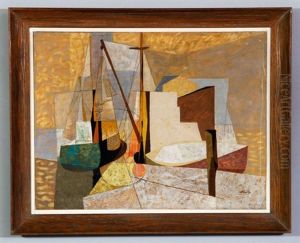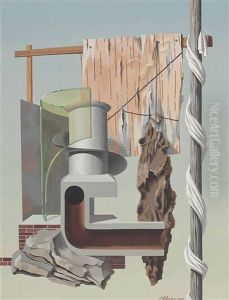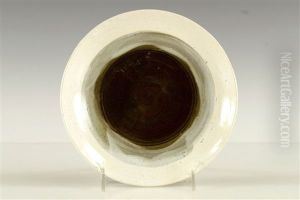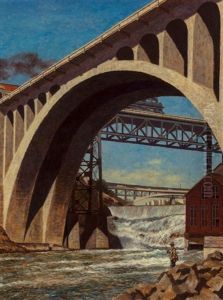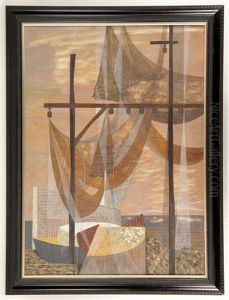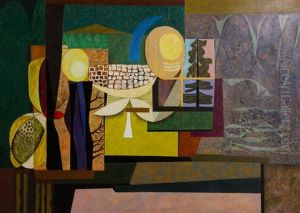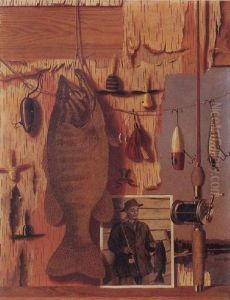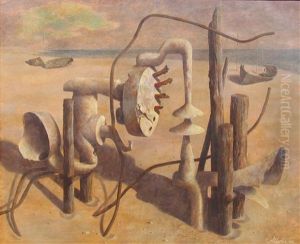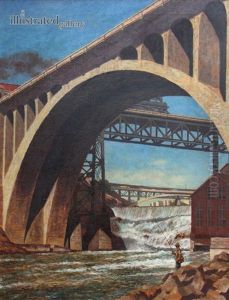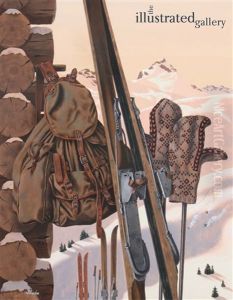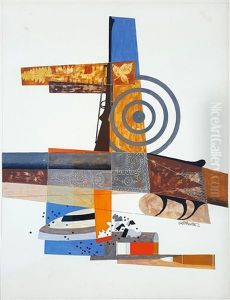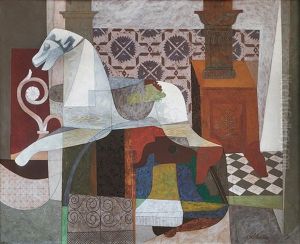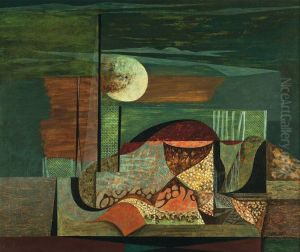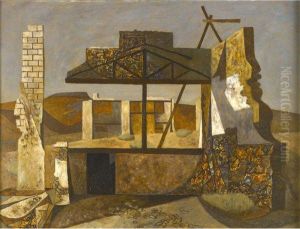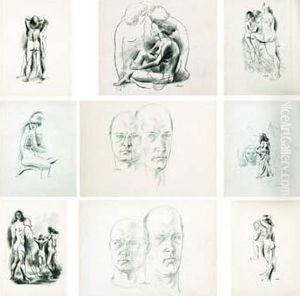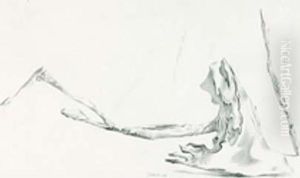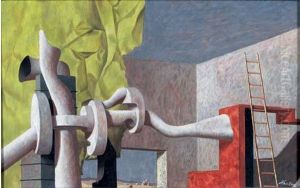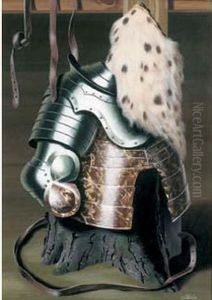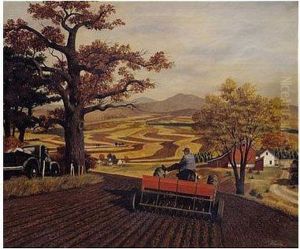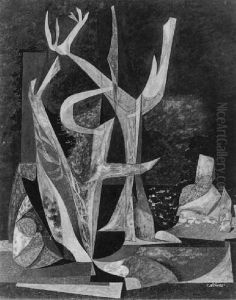John Carlton Atherton Paintings
John Carlton Atherton was an American painter, commercial artist, and illustrator, whose career spanned the early to mid-20th century, covering a period that saw significant transformations in the world of art. Born on June 7, 1900, in Brainerd, Minnesota, Atherton's artistic journey led him from the American Midwest to becoming a notable figure in the New York art scene. His work, which includes a variety of mediums and styles, from painting to illustration, reflects the eclectic and dynamic spirit of American art during his lifetime.
Atherton's education in art began at the California School of Fine Arts (now the San Francisco Art Institute), where he honed his skills and developed a keen interest in both fine arts and commercial illustration. This dual interest marked much of his career, as he navigated successfully between commercial work and his more personal, often surrealistic, fine art paintings. In the 1920s and 1930s, Atherton became well-known for his commercial illustrations, contributing to advertisements, magazines, and books. His commercial success did not deter him from pursuing fine art, and by the 1940s, Atherton had established himself as a significant figure in the American art scene, with his work being exhibited in prestigious institutions such as the Museum of Modern Art in New York and the Art Institute of Chicago.
Atherton's style evolved over the years, initially influenced by the realism of his commercial work, but gradually moving towards surrealism and abstract expressionism. His paintings often featured enigmatic and dreamlike landscapes, reflecting his interest in the subconscious and the mysteries of the natural world. Despite the acclaim he received for his fine art, Atherton never abandoned commercial art, believing in the synergy between commercial and fine arts. This belief led him to contribute to World War II efforts through his art, including designing posters and other materials to support the war effort.
John Carlton Atherton passed away on September 23, 1952, in New York, leaving behind a diverse and rich body of work that continues to be studied and admired. His contributions to both commercial art and fine art demonstrate his versatility as an artist and his ability to reflect the complexities of the era he lived in. Atherton's legacy is that of an artist who bridged the gap between the commercial and the aesthetic, making significant contributions to the visual culture of 20th-century America.
